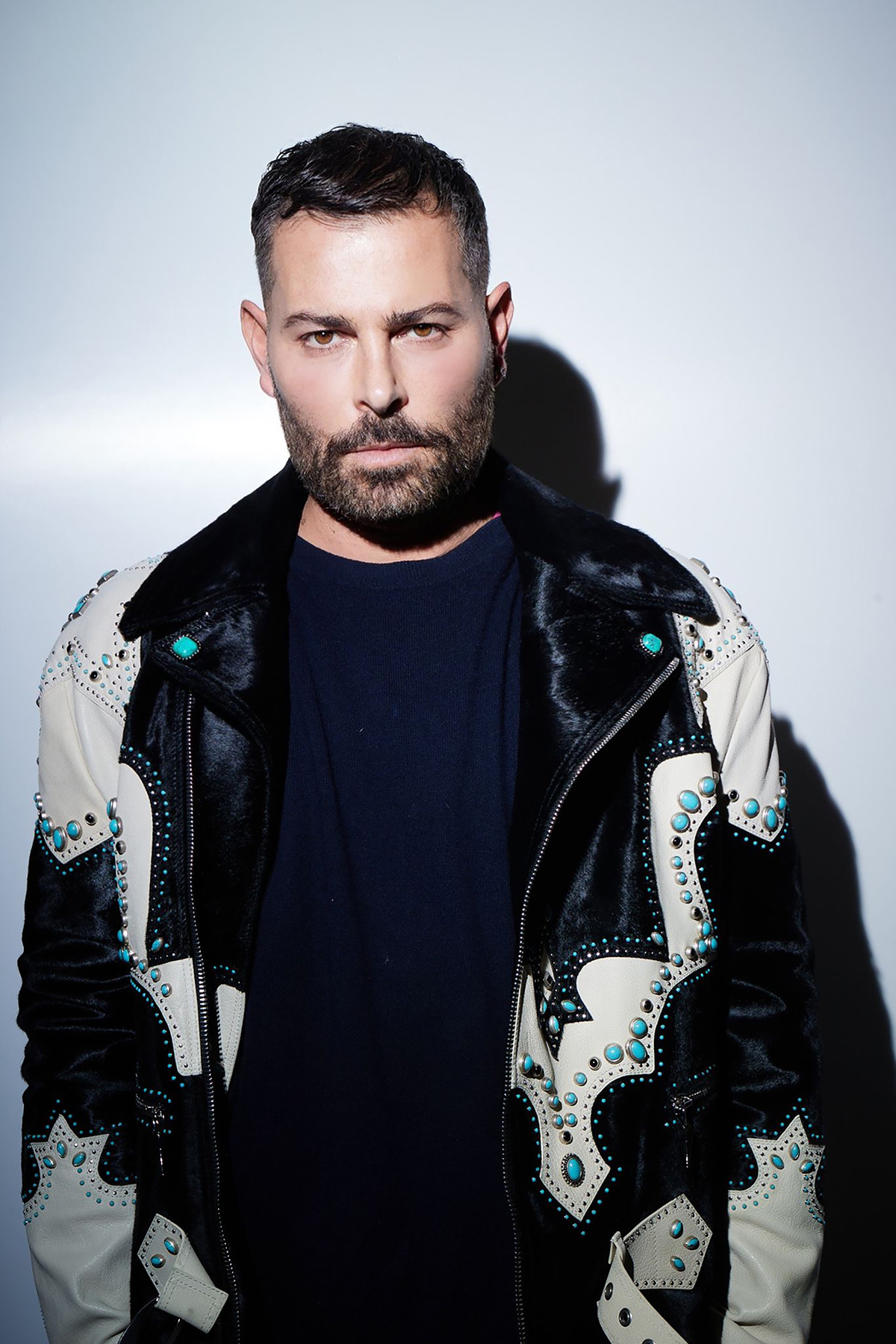
Fausto Puglisi, Creative Director of Roberto Cavalli
Fausto Puglisi, Creative Director of Roberto Cavalli, has revitalised the Italian fashion house, which found high-octane fame in the 2000s, turning it into a hot-ticket brand for Gen-Z. Puglisi talks to LUX about glamour, passion and reimagining Cavalli for a more inclusive age
LUX: You have always had strong links to the Roberto Cavalli brand. What made you join it fully in 2020?
Fausto Puglisi: Roberto Cavalli is a brand I am totally comfortable with. It has always been a brand linked to women’s freedom, to seduction. The seduction that Roberto Cavalli represents today for women is not to please anyone but herself. It is, above all, linked to freedom, empowerment and dynamism. The Cavalli woman is sexy and glamorous- she owns her own body. I love seeing my Cavalli far away from any ideas of misogyny, closure and armouring. These do not reflect my woman, who is free and always advocates for freedom.
Follow LUX on Instagram: luxthemagazine
LUX: Roberto Cavalli has a particular place in fashion history in dressing music stars. Is this a legacy you with to continue?
FP: Everything began with music in my career. My biggest supporters have always been music stars and I will continue to support them with Roberto Cavalli. The brand represents a continuous bond with music and so it will remain in the future. It comes to me spontaneously and naturally.
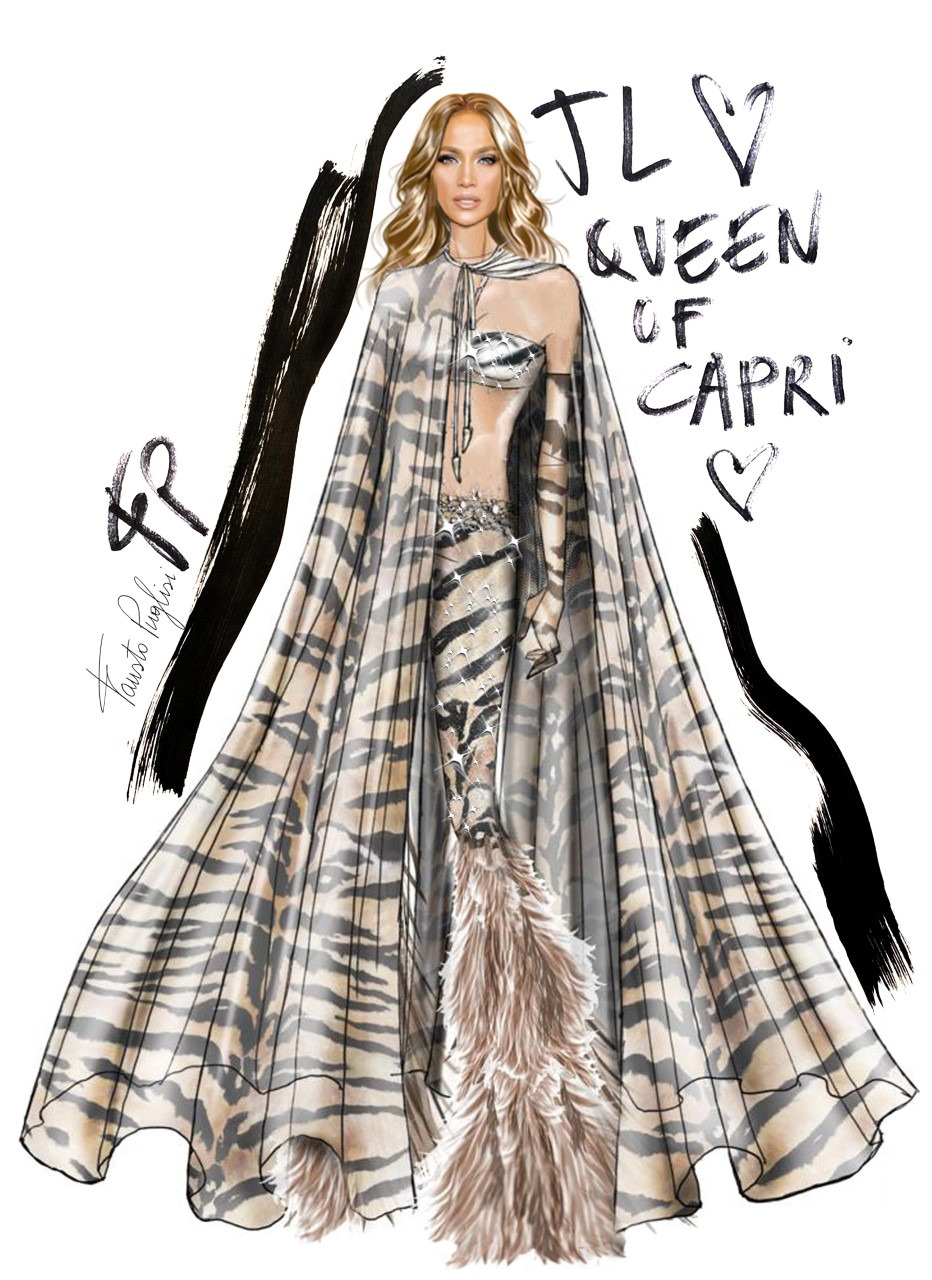
Sketch for a custom-made pieces by Roberto Cavalli, with Puglisi’s comments for Jennifer Lopez in 2022
LUX: How is Cavalli best worn- as a prize piece or as a full outfit?
FP: Cavalli can be both a full outfit and a prize piece. I think of different women and aesthetics when I imagine the pieces I develop for my collections. I am thinking of women who could wear a Cavalli total look, but also of those who could be defined as “not for Cavalli”, but who would be able to wear a beautiful pair of Roberto Cavalli trousers – perhaps combined with vintage knitwear pieces for their parents, or even a Cavalli biker jacket with a splendid skirt by another famous brand.
LUX: What are your favourite pieces from the SS23 collection>?
FP: I love all of them. In particular, the slip dresses in the Wild Leda print, which I wanted to name in honour of Cavalli’s wild heritage. Also from the new collection I love all the flat folds on the clothes that recall old Hollywood, a sort of Babylon in Puglisi Sauce.
LUX: Any print you are particularly fond of?
FP: I love the Wild Leda print. Roberto Cavalli started out as a painter, and, as he transitioned into fashion, he continued to design his prints by looking at art and historical paintings, and interpreting them in his own way. Wild Leda is a celebration of beauty as a female superpower. It is a celebration of spontaneous sensuality, of pleasure in nature, à la Cavalli.
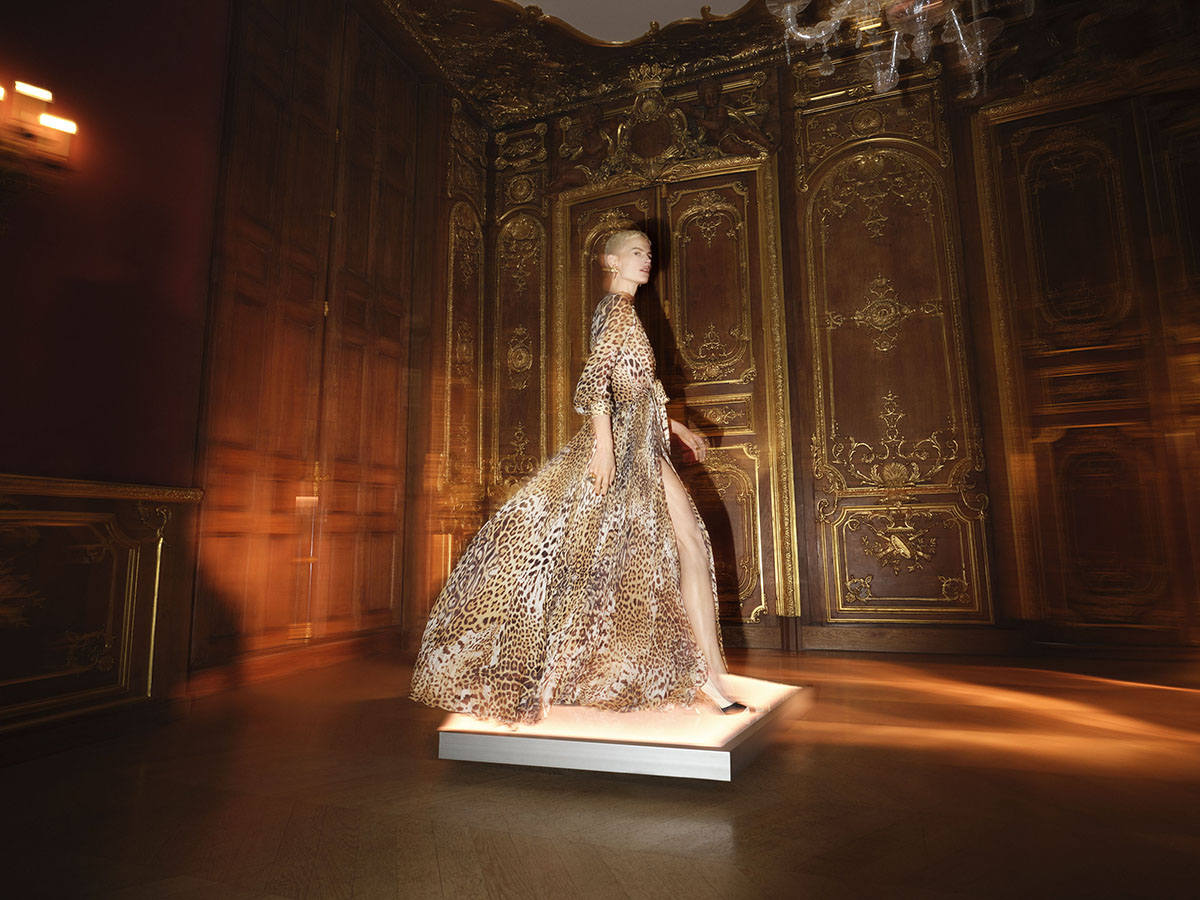
An image from the Roberto Cavalli SS23 campaign
LUX: Who are the ultimate Cavalli women to you today?
FP: For sure, I would say J.LO, Miley Cyrus and Taylor Swift.
LUX: Do you feel that the Y2K trend has been good for the brand?
FP: Absolutely. The kids who grew up with Roberto Cavalli are now about 25 years old and experience the brand as a beautiful memory linked to Britney Spears, Destiny’s Child, Beyoncé of the early 2000s and Jennifer Lopez. There is certainly a very strong bond between the new generations and that of Roberto Cavalli in the early 2000s.
LUX: How do you feel about revisiting iconic eras, such as the 2000s, through clothes?
FP: I love it. I was living in the US in the early 2000s when Roberto Cavalli was the big superbrand. First I live in NY, then I moved to LA. Roberto Cavalli was Hollywood, the maximum glamour possible. It was blaring music, a supercar that races tirelessly.

Sketch for a custom-made pieces by Roberto Cavalli, with Puglisi’s comments for Taylor Swift in 2023
LUX: What are your thoughts on consumerism in fashion?
FP: I believe in everything that is done with the heart and with passion. Therefore, I do not believe in unbridled consumerism for its own sake.
Read more: Donatella Versace Interview: Doing It Her Way
LUX: Do you like the idea of passing clothes down from generation to generation?
FP: I believe in quality and emotion. Fashion must convey an emotion, so it is right that if a garment is beautiful, well made and able to excite and last over time, it can be worn through various generations. Our latest collection has an example of this in the kaftan, which recalls the famous ones worn by Marta Marzotto. The piece was reworked and adapted to modern times. It represents an ideal, inclusive piece that can be worn by one woman, and then reworn by her daughter or granddaughter who uses it to go dancing in Ibiza. The cuts and shapes of the dress change slightly with the times, but the attitude is the same.
Find out more: robertocavalli.com
This article was first published in the Spring/Summer 2023 issue of LUX

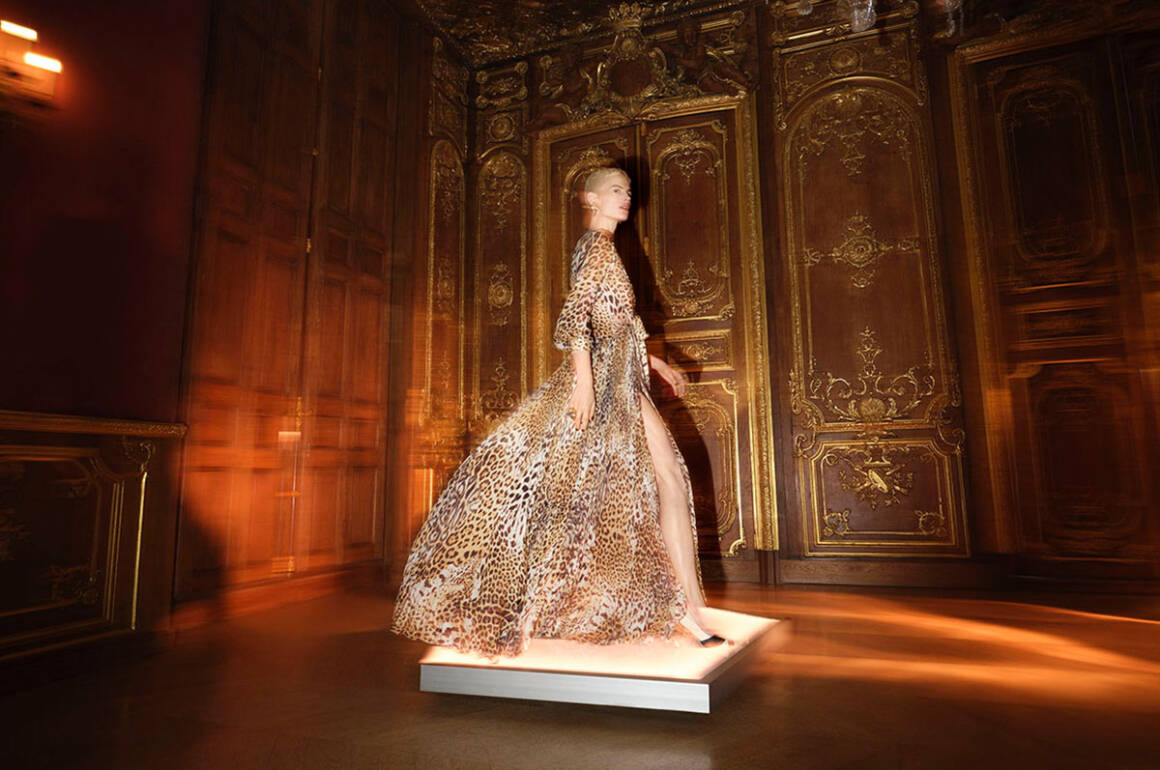
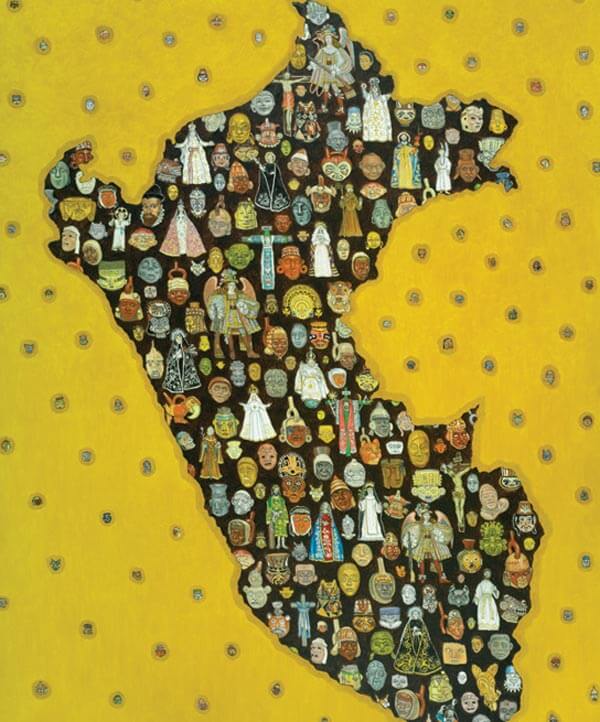








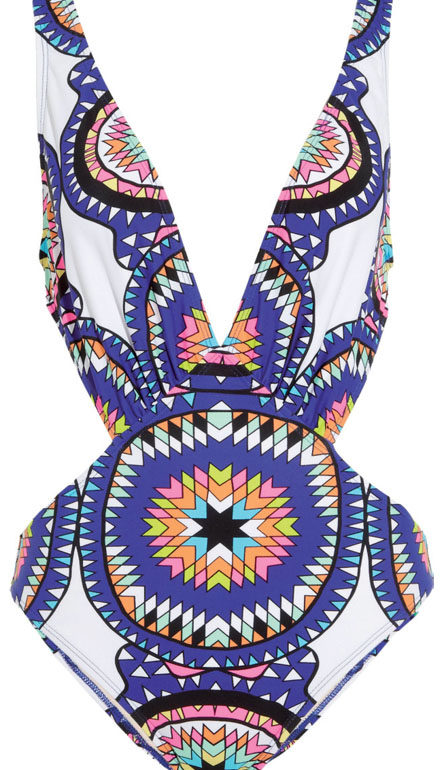
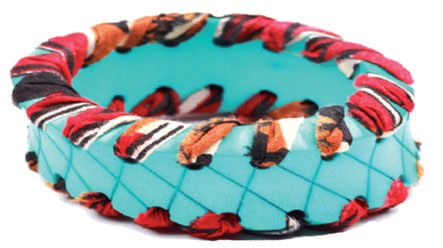
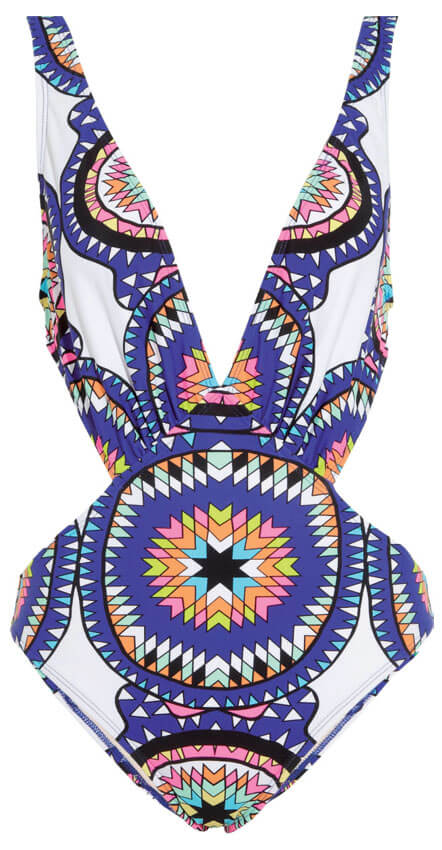



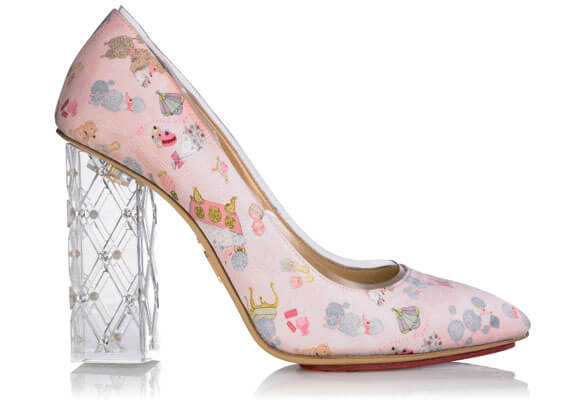





Recent Comments